If you’ve travelled across the border in the past 20 years, you might have seen the designated NEXUS lanes. NEXUS is a joint program run by the Canada Border Services Agency and U.S. Customs and Border Protection to expedite border crossings between the countries.
A five-year NEXUS membership has a fee of $120 USD, but several of the top travel credit cards offer significant rebates to help offset this expense.
Here, we explore the details of NEXUS cards, including how to apply, how to use it, and which credit cards offer fee rebates.
Key Takeaways
- NEXUS allows pre-approved travellers to cross the Canada–US border quickly.
- A NEXUS card costs $120 USD (effective October 2024) but some credit cards offer rebates as a perk.
- You can begin your NEXUS application online, after which you’ll need to complete 1–2 interviews.
Never miss an amazing deal again + get our bonus 250+ page eBook for FREE. Join 50,000 other Canadians who receive our weekly newsletter – learn more.
What is NEXUS?
NEXUS is a joint program run by both the Canada Border Services Agency (CBSA) and U.S. Customs and Border Protection (USCBP). The intent is to speed up border crossings between Canada and the United States for low-risk, pre-approved travelers.
Benefits include:
- Dedicated customs lanes at major land crossings and kiosks in major airports
- "Verified Traveller" expedited security screening
- Faster processing at marine crossings
You won't use your passport when crossing the border as a NEXUS member. Instead, you’ll present your NEXUS card to get through customs.
NEXUS isn’t available at all crossings, but you can use it at most of the major ones.
Take note: The first time you use a NEXUS kiosk or eGate, you'll be required to upload a photo of your passport page. If you don’t have your passport, a security officer will need to verify your identity.
Learn more: NEXUS program
How much does NEXUS cost?
Currently, travellers pay a $120 USD application fee for a 5-year NEXUS membership. With today’s exchange rate of 1 USD = 1.43 CAD, you’ll pay about $172 CAD.
How to use a NEXUS card
How you use NEXUS depends on how you’re travelling.
In the airport
If you're travelling by air, you'll get access to dedicated self-serve kiosks or eGates to speed up your customs experience. They’re available at most airports with U.S. preclearance:
- Halifax
- Montreal
- Ottawa
- Toronto Pearson and Billy Bishop
- Winnipeg
- Calgary
- Edmonton
- Vancouver
You’ll also enjoy expedited security screening as a "Verified Traveller." This allows you to:
- Join a dedicated line for Verified Travellers
- Leave your shoes, belt, and jacket on
- Leave small items in your pockets
- Leave electronics and permitted liquids in your carry-on bag
Keep in mind: NEXUS benefits are only for the cardholder. If you have a card but your travelling companions don’t, you’ll need to make a choice – use the dedicated lines and leave them behind or go through with them in the normal lines.
At land crossings
When you’re crossing into the U.S., you’ll find dedicated NEXUS lanes at 17 major land border crossings. You can view the full list at the official U.S. Customs website.
When you’re returning to Canada, you can access NEXUS lanes at 20 border crossings. See the full list on the CBSA website.
To use a NEXUS lane, every person in your car must hold a valid NEXUS card. If even one traveller doesn’t have a card, you’ll need to use a regular customs lane.
Take note: The Niagara Falls Whirlpool Rapids Bridge can only be used by NEXUS members. If you don't have a NEXUS card, you cannot cross here.
At marine reporting centres
If travelling by boat is your preferred method of transportation, there are plenty of locations where you'll be able to use your NEXUS card when you report to customs officials.
All southbound marine crossings have NEXUS service available. You can find the full list for northbound crossing on the NEXUS Marine webpage.
Should you get a NEXUS card?
A NEXUS card might sound like a big time saver, but it doesn’t make sense for everyone.
NEXUS is worth it if…
- You frequently travel across the border
- You hate waiting in long lines
- You want priority service when travelling
- You typically travel alone or with companions also in the NEXUS program
You can skip NEXUS if…
- You don’t travel between Canada and the U.S. very often
- You typically travel with companions who do not hold NEXUS cards
- The $120 USD fee seems too high
How to apply for NEXUS
The NEXUS application process involves a form, a fee, and an interview. Here’s how it breaks down.
1. Confirm your eligibility
To be eligible for the NEXUS program you must meet one of the following criteria:
- Be a citizen of the U.S. or Canada.
- Be a permanent resident of either country with legal residency for at least 3 years
- Be a Mexican national and member of the Viajero Confiable program
In all cases, you must not have been convicted of a criminal offence in any country for which you have not received a pardon.
2. Submit your application online
To start your NEXUS application, head to the US Customs and Border Protection (CBP) website. Sign in or create an account, then follow the prompts to provide name, address, and citizenship information.
You’ll have to show proof of citizenship throughout the application process. Here are the accepted documents:
- Passport
- Birth certificate and photo ID
- Canadian citizenship certificate or card
- Certificate of Indian Status (Canada)
- U.S. citizenship certificate
- Certificate of naturalization (U.S.)
- Border crossing card (U.S.)
- Record of landing (permanent residency in Canada)
- Valid permanent resident card
The program is also open to Mexican nationals who are Viajero Confiable members, though a passport is the only accepted document in this instance.
You'll also need to prove you're a resident of either country with a:
- Valid driver’s license
- Provincial identification card
- Federal identification card
- Document with a current address, such as a utility bill or bank statement
You’ll need to pay the fee online before submitting your application. Remember: the fee is $120 USD.
Pro tip: Plan on submitting your NEXUS application as soon as possible. According to the U.S. CPB, processing time is currently around 12 to 24 months.
3. Schedule your interview
Once the U.S. CPB has processed your initial application, you’ll receive an interview invitation. Depending on the location, it may be a combined interview with officers from both programs present, or separate interviews.
To schedule your interview, you have 3 options:
- Joint interview at a land enrolment centre in the U.S.
- Split interview at Canadian and U.S. land enrolment centres
- Two-step interview at participating Canadian and U.S. airports
At land enrolment centres in the U.S., you'll be interviewed simultaneously by 2 officers. At some land crossings, you'll have to do separate interviews – one in Canada with a CBSA officer and another in the U.S. with a US CBP officer.
At participating airports, you can complete the first part of your interview with a Canadian official and finish the second part of the interview with a U.S. official – but it must be done on same-day travel. You don't have to book an appointment but make sure to leave yourself with plenty of time for your flight to complete this interview.
4. Complete your interview
Your NEXUS interview(s) will cover 4 basic points:
- Review the information on your application to make sure it's still valid
- Verify your identity
- Review the originals of your supporting documents (citizenship and residency)
- Ensure you meet all criteria for a NEXUS membership
Once that's done and everything checks out, the customs officers will do the following:
- Explain the terms and conditions of the NEXUS program
- Take your fingerprints
- Take your picture (for your membership card)
- Explain how to use your NEXUS card
- Advise that you are still subject to inspection anytime you cross the border
Once your interview is complete, you can check the status of your application through the Trusted Traveller Programs System.
The CBSA notes that your card should arrive in the mail 4 to 6 weeks after your interview. It will remain valid for 5 years.
Learn more: NEXUS program terms
How to get NEXUS for less
There's a relatively new credit card perk that can rebate some of the fee you pay for a NEXUS application. Simply charge your NEXUS application fee to your credit card and shortly after, you'll get a rebate on the charge.
This perk is typically available every 4th year. The amount rebated is in Canadian dollars – which means it may or may not cover the full cost.
Here are some credit cards that offer the NEXUS rebate.
| Credit card | Welcome bonus | NEXUS rebate amount | Annual fee, income requirements | Learn more |
|---|---|---|---|---|
| American Express Platinum Card | Up to 100,000 bonus points (terms) | $100 CAD | * $799 * None | Learn more |
| American Express Gold Rewards Card | Up to 60,000 bonus points (terms) | $50 CAD | * $250 * None | Learn more |
| CIBC Aventura Visa Infinite Card | Up to 45,000 bonus points, first year annual fee waived† (terms) | $100 CAD | * $139 * $60K personal or $100K household | Learn more |
| TD Aeroplan Visa Infinite Privilege Credit Card | Up to 85,000 bonus points (terms) | $100 CAD | * $599 * $150K personal or $200K household | Learn more |
| TD Aeroplan Visa Infinite Card | Up to 45,000 bonus points (terms) | $100 CAD | * $139 * $60K personal or $100K household | Learn more |
| American Express Aeroplan Reserve Card | Up to 85,000 bonus points (terms) | $100 CAD | * $599 * None | Learn more |
| CIBC Aventura Gold Visa Card | Up to 45,000 bonus points, first year annual fee rebate (terms) | $100 CAD | * $139 * 15K household | Learn more |
1. American Express Platinum Card
Among the many perks offered by the American Express Platinum Card is a $100 NEXUS fee rebate every 4th year you have the card. It also offers unlimited airport lounge access globally, automatic Marriott Bonvoy and Hilton Honors gold status, a $200 annual travel credit, and more.
2. American Express Gold Rewards Card
The American Express Gold Rewards Card offers a pared-back rebate of $50 for a NEXUS application fee. It won't be enough to cover the entire fee but it's enough to reimburse you for a substantial portion of it.
For a lower annual fee of $250, it also offers 4 free airport lounge passes to Plaza Premium lounges in Canada and includes a Priority Pass membership (but no free passes).
3. CIBC Aventura Visa Infinite Card
CIBC offers a NEXUS rebate with a few of their cards – we'll focus on the CIBC Aventura Visa Infinite Card. You'll get a $100 NEXUS application fee rebate along with standard CIBC Rewards. It also includes 4 free airport lounge passes with the Visa Airport Companion program.
4. TD Aeroplan Visa Infinite Privilege Credit Card
TD offers a single card with a NEXUS fee rebate: the TD Aeroplan Visa Infinite Privilege Credit Card. It offers a $100 NEXUS rebate every 48 months. As a top-tier Aeroplan credit card, you’ll get an extensive set of benefits when flying with Air Canada, including preferred pricing, free checked bags, priority check-in, and annual companion vouches – plus lots of Aeroplan points.
5. TD Aeroplan Visa Infinite Card
The TD Aeroplan Visa Infinite Card is the little brother to the VIP, with a lower annual fee and lower income requirements. You’ll still enjoy up to $100 CAD towards you NEXUS fee every 48 months, plus consistent Aeroplan earning and travel perks like a free checked bag for you and up to 8 traveling companions on the same reservation.
6. American Express Aeroplan Reserve Card
Though it comes with a high annual fee, the American Express Aeroplan Reserve Card earns you up to 3 Aeroplan points per $1 spent and lets you enjoy perks like free checked bags on Air Canada, preferred pricing on Aeroplan flight awards, and unlimited free access to Maple Leaf Lounges when flying with Air Canada. The NEXUS credit is up to $100 CAD every 4 years.
7. CIBC Aventura Gold Visa Card
The CIBC Aventura Gold Visa Card is a premium travel rewards card with a low income requirement. In addition to the $100 CAD NEXUS rebate every 4 years, you’ll get 4 complimentary lounge passes with the Visa Airport Companion program, 24/7 access to the CIBC Travel Concierge Service, and insurance that includes mobile device coverage.
FAQ
How much does a NEXUS card cost in Canada?
Currently, a NEXUS card costs $120 USD (about $172 CAD).
Is a NEXUS card worth it?
If you frequently travel across the border, you might benefit from the streamlined process. You’ll also get priority customer service so travel is faster in general.
What disqualifies you from getting a NEXUS card?
If you’re not an eligible Canadian, U.S. citizen, or Mexican national, you don’t qualify for NEXUS. You might also be disqualified if you give false information on your application or you’ve been convicted of a criminal offence in any country and have not received a pardon.
Why is it so hard to get a NEXUS card?
The Canadian and U.S. Border Security programs take border security very seriously. The NEXUS application takes time so that agents can verify the identities of people receiving trusted traveller status to move more easily between the U.S. and Canada.
What are the downsides of NEXUS?
The application process takes time and costs money. You’ll also have to schedule an interview and await your results. On the other hand, NEXUS can save you a lot of time if you frequently travel between Canada and the U.S.
creditcardGenius is the only tool that compares 126+ features of 231 Canadian credit cards using math-based ratings and rankings that respond to your needs, instantly. Take our quiz and see which of Canada's 231 cards is for you.




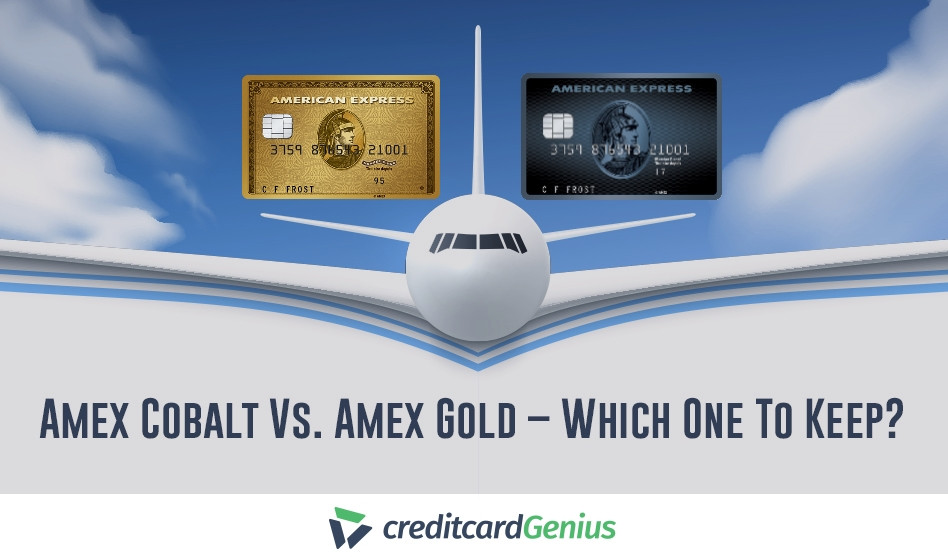
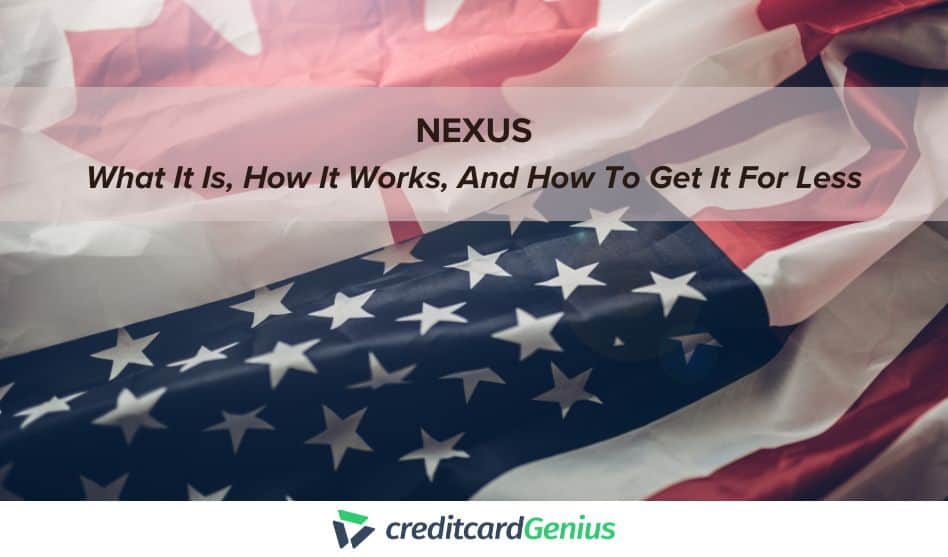
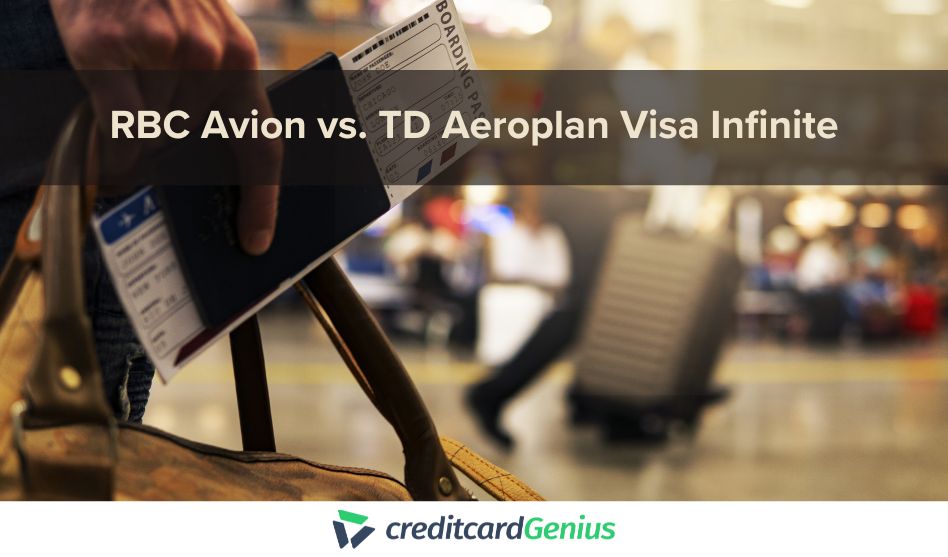

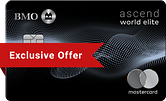
 GC:
GC: 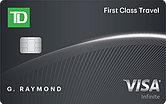

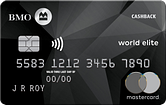


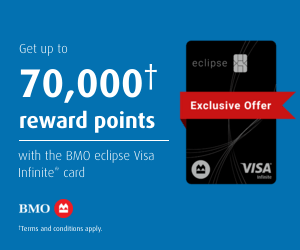
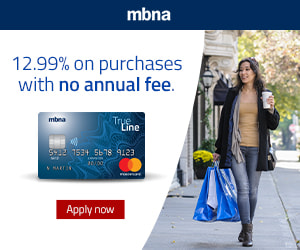
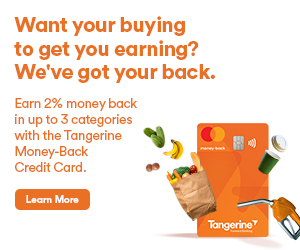




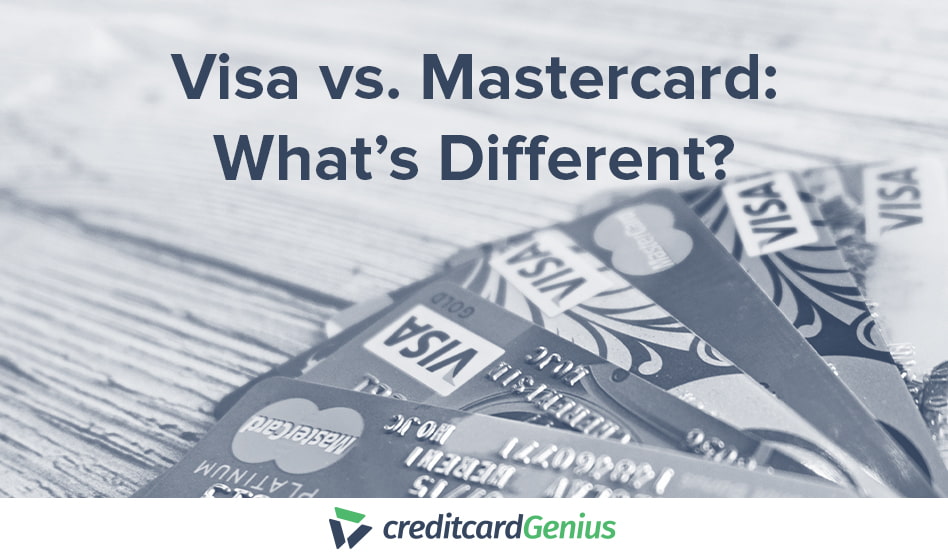

.png)




















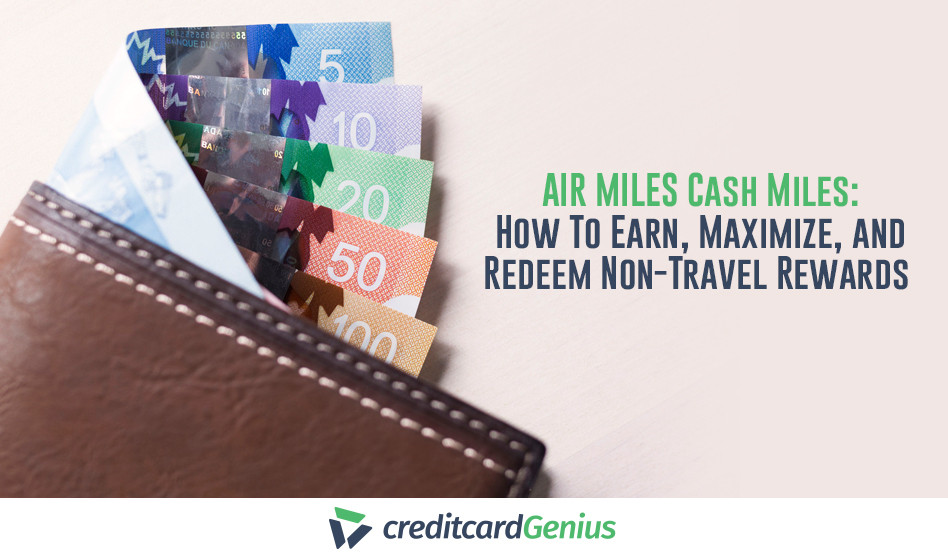

 $100 GeniusCash + Earn up to 15,000 Welcome Bonus Membership Rewards® Points.*
$100 GeniusCash + Earn up to 15,000 Welcome Bonus Membership Rewards® Points.*
Comments
Leave a comment
Required fields are marked with *. Your email address will not be published.
Showing 7 comments
Thanks for pointing this out! We've added a note in that section.